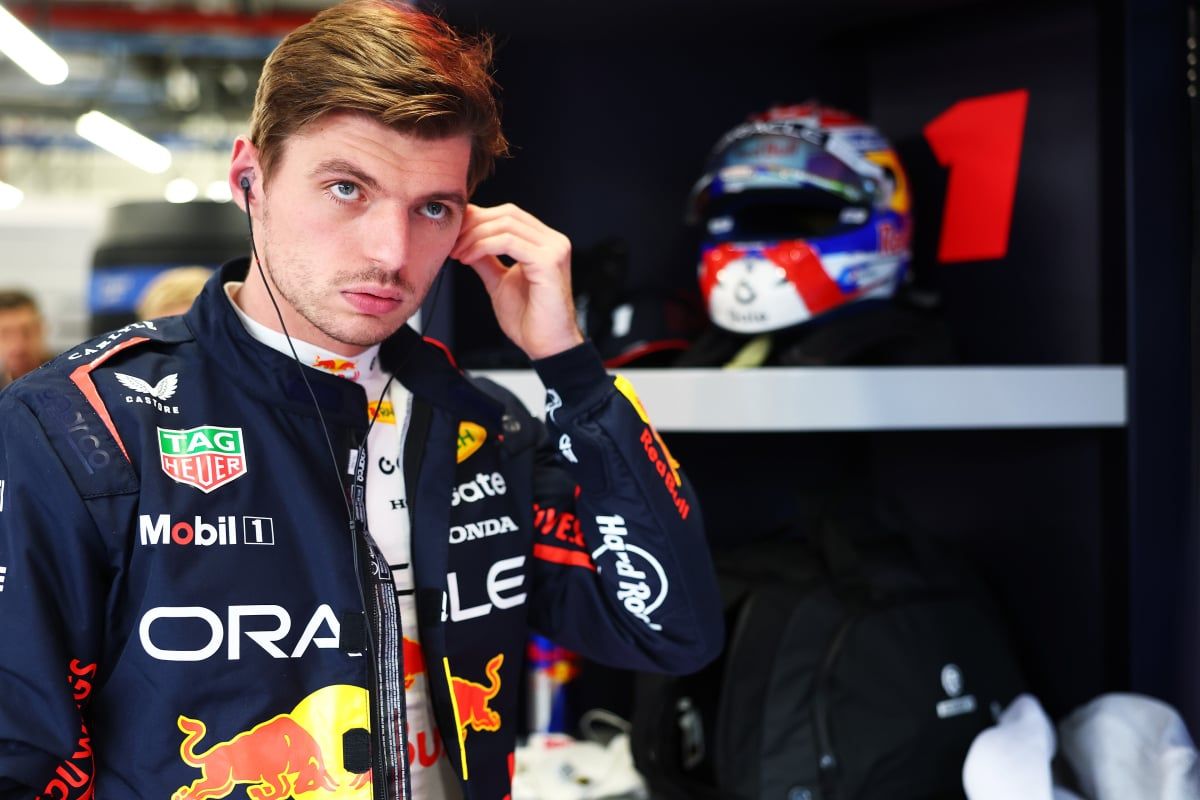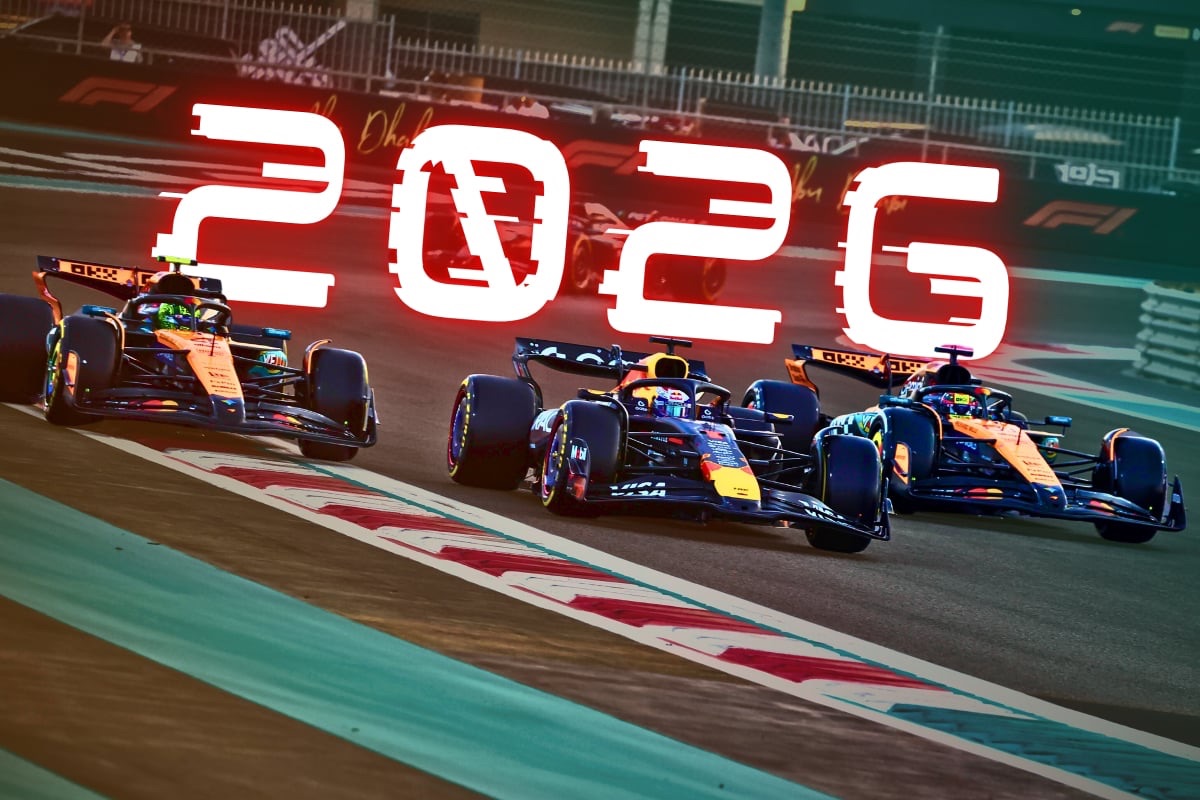FIA Penalizes McLaren Over Minor Pit-Lane Speed Violation by Piastri at Canadian Grand Prix
In a development that reflects Formula 1’s uncompromising stance on rules and safety, the FIA has issued a fine to the McLaren Formula 1 team after Oscar Piastri was found marginally exceeding the pit-lane speed limit during Free Practice 1 (FP1) at the 2025 Canadian Grand Prix in Montreal.
According to data reviewed by race officials, Piastri’s car was clocked at 80.3 km/h in the pit lane—just 0.3 km/h above the mandatory speed limit of 80 km/h at the Circuit Gilles Villeneuve. Though the excess was barely perceptible, it still qualified as a breach of the sporting code, prompting swift disciplinary action.
As a result, McLaren received a financial penalty of €100 (approximately £85). While the amount is minimal by Formula 1 standards, the decision reiterates the FIA’s commitment to consistent rule enforcement, no matter how minor the infraction may seem.
Oscar Piastri, currently leading the 2025 Drivers’ Championship, has shown impressive form throughout the season. However, this small error—likely a result of a minor calibration or driver oversight—was enough to trigger a formal investigation and fine. Crucially, the penalty was levied against the team rather than the driver, preserving Piastri’s personal record but serving as a warning nonetheless.
This enforcement once again spotlights how precise and regulated F1 racing has become. Pit-lane speed limits are strictly monitored because of the inherent safety risks involved in these confined and high-traffic areas. Even a slight speed increase could endanger pit crews, marshals, or other personnel, making zero tolerance a necessity.
Though some might view the penalty as excessive given the tiny infraction, historical context helps clarify the FIA’s stance. In 2021, Red Bull Racing was fined €1,000 after Sergio Perez exceeded the pit speed limit by 40 km/h — a violation significantly more serious. Similarly, at the 2025 Japanese Grand Prix, Williams received a €1,000 fine after Carlos Sainz was recorded going 13.7 km/h over the limit. In contrast, McLaren’s recent penalty represents the lower boundary of fines, proportionate to the minimal severity of the infraction.
Interestingly, Piastri wasn’t the only driver to be caught on the wrong side of the speed limit that weekend. Williams driver Alex Albon also received a €100 fine after being recorded at 80.1 km/h in the same session — a mere 0.1 km/h over the designated cap. These cases underscore just how unforgiving and precise the regulations are. Drivers must manage not just raw speed but fine-tuned control down to tenths of a kilometer per hour.
This meticulous attention to detail is a hallmark of Formula 1. The margin for error is razor-thin in nearly every aspect of the sport, from lap times to car design. For instance, earlier this season at the Chinese Grand Prix, two high-profile disqualifications underscored the strictness of technical regulations. Charles Leclerc was disqualified after his Ferrari was found to be 1kg under the minimum weight requirement. Lewis Hamilton, meanwhile, was penalized for excessive plank wear — with his car exceeding the limit by just 0.5mm.
What these examples illustrate is that in F1, precision is everything. Whether it’s aerodynamic compliance, fuel flow, or pit-lane speeds, no rule is too small to enforce. This helps ensure fairness, safety, and integrity across the grid.
In McLaren’s case, the €100 fine is unlikely to have any long-term impact, either financially or competitively. Still, the incident serves as a reminder to teams and drivers that even marginal oversights can come at a cost. The FIA’s message is clear: no breach, however slight, will escape notice.
As the 2025 season progresses, all eyes will remain on how the teams adapt to these fine margins. For Oscar Piastri and McLaren, the goal will be to remain sharp and minimize mistakes, no matter how small.



